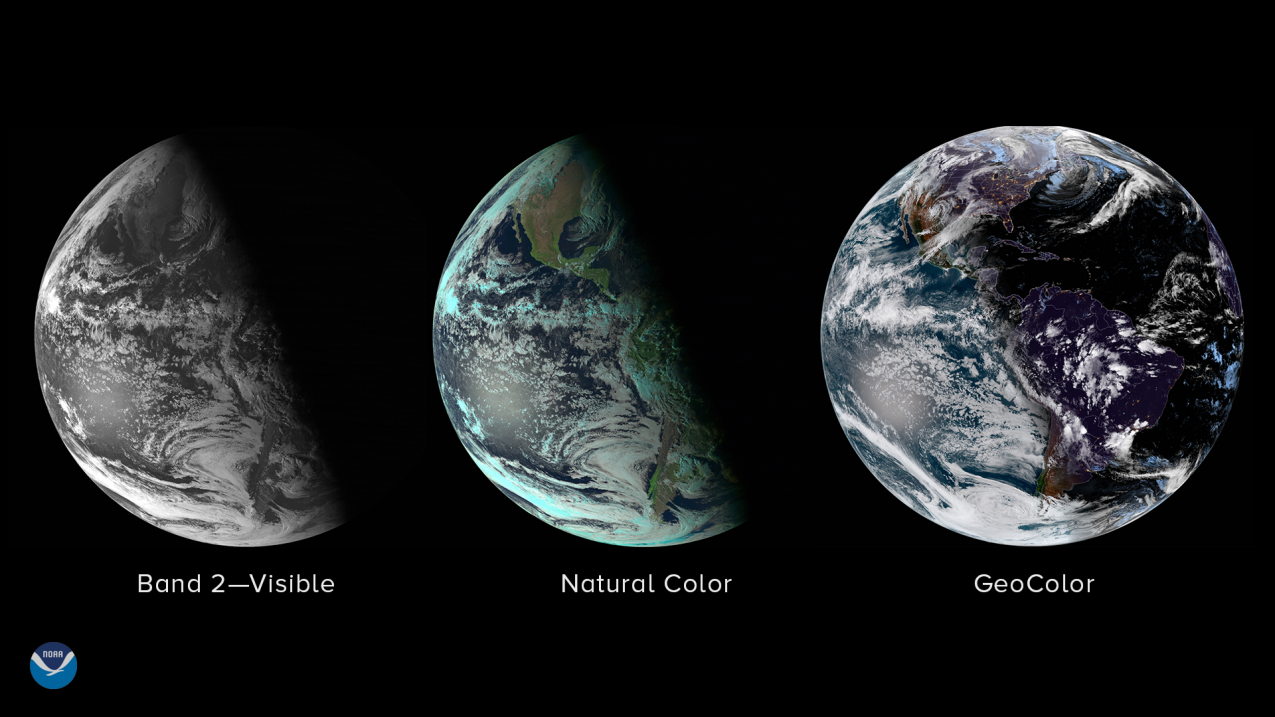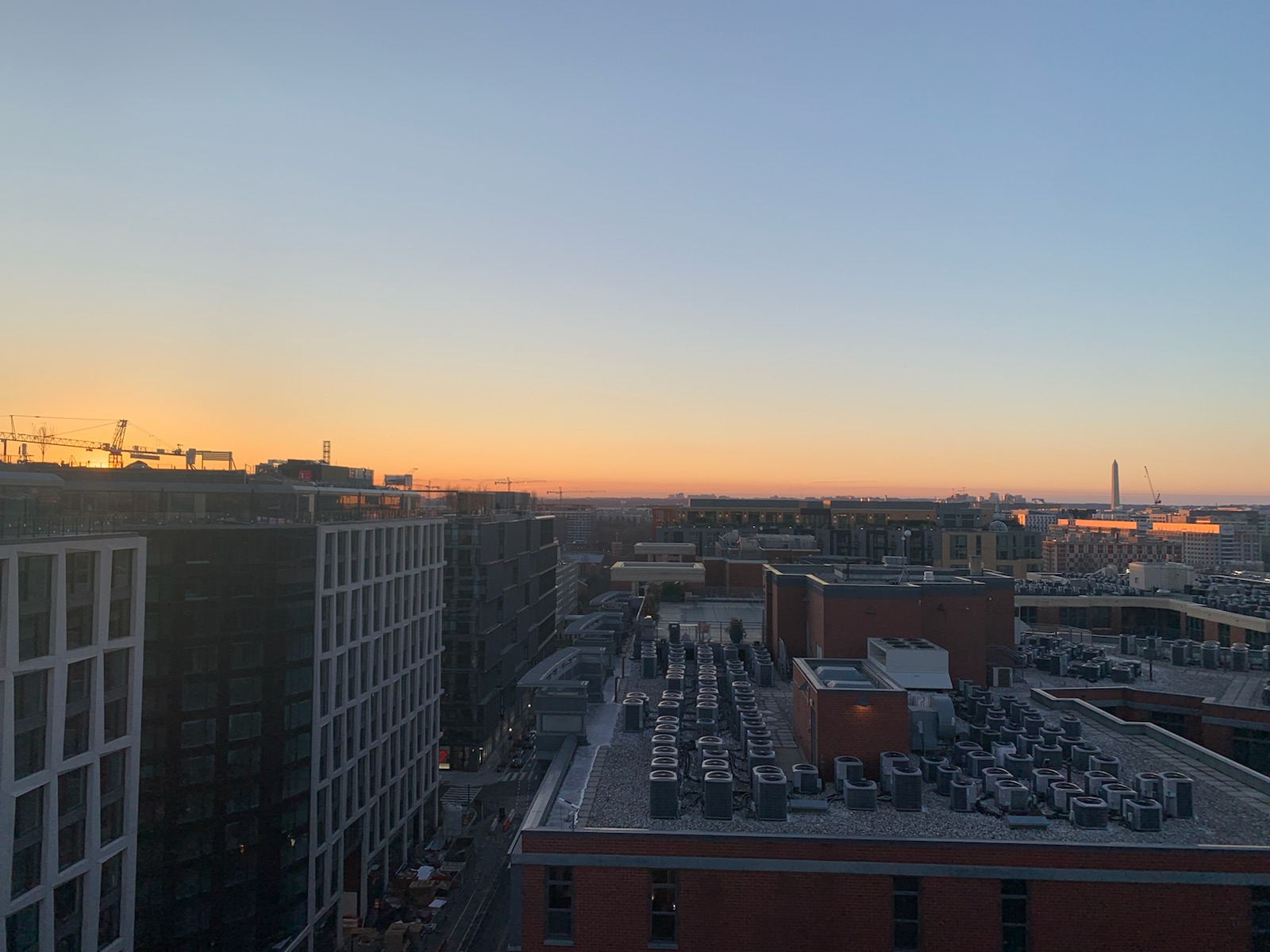Join NOAA Education in learning about the winter solstice. The solstice occurs on the shortest day of the year, which is when the Earth's north pole is located furthest away from the sun.
You can see the day/night difference on the solstice in these three satellite images.

These three images from NOAA's GOES East (GOES-16) satellite show us what Earth looks like from space near the solstice. The images were captured about 24 hours before the 2018 solstice, at 5:30 p.m. on Dec. 20, 2018. (Image credit: NOAA Satellites)







